WHAT IS A OPEN CLUSTER?
Open stellar clusters are groups of stars formed from the same molecular cloud, without structure and generally asymmetric. They are also called galactic clusters, as they can be found throughout the galactic plane.
HOW IS OPEN CLUSTER FORMED?
It's formation begins with the collapse of a part of a large molecular cloud. Once the molecular cloud has begun to collapse, it fragments into smaller groups, resulting in the formation of several thousand stars. Once the formation of stars has begun, the hottest and most massive will emit huge amounts of ultraviolet radiation. This radiation rapidly ionizes the surrounding gas in the large molecular cloud, causing a region to form. The stellar winds of the most massive stars, together with the radiation pressure, direct the gases from the gases from the cloud outwards and expel them over time; after a few million years, the cluster will experience its first supernova, helping to expel gas from the system. After a several tens of years, the cluster is free of gas and star formation has ended.
Messier 41
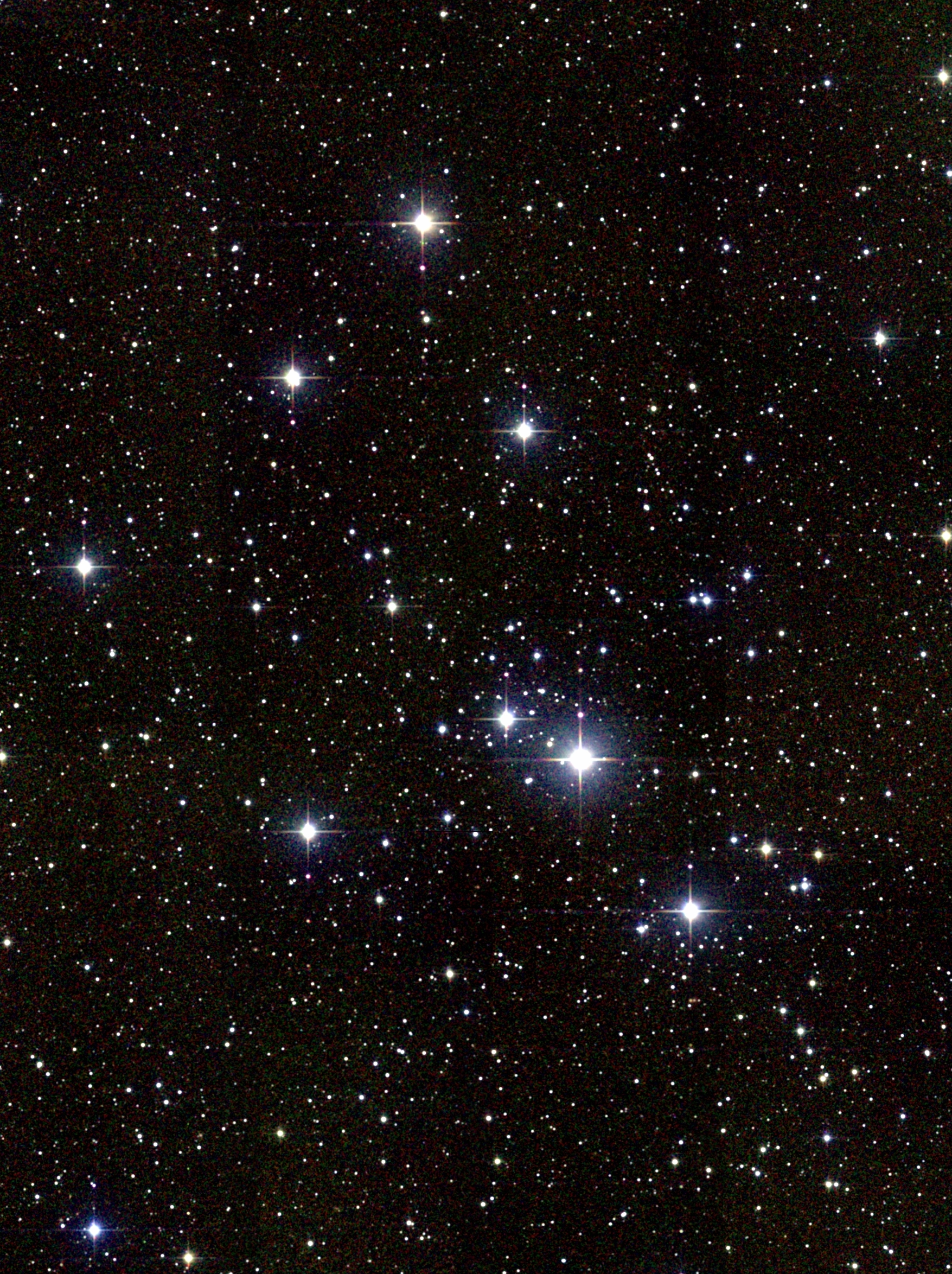
This is its energy spectrum from JS9 with its most importants energy peaks.
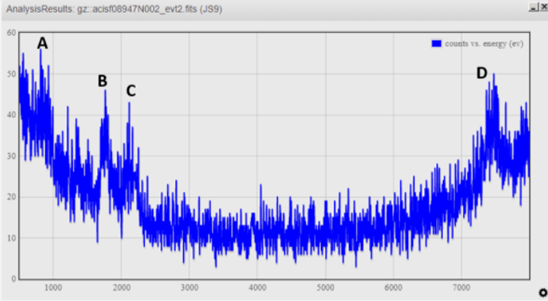
Then, I have calculated each peak's percentatge and find out which elements they contain.
I have used this formula:

-PEAK A: 570 mm2/ 3806 mm2 · 100 = 14,98 % (H) Hydrogen
-PEAK B: 430 mm2/ 3806 mm2 · 100 = 11,3 % (H) Hydrogen
-PEAK C = 196 mm2 / 3806 mm2 · 100 = 35,47 % (P) Phosphorus
-PEAK D = 1350 mm2 / 3806 mm2 · 100 = 33,11 % (Co) Copper
TOTAL AREA: 3806 mm2
(H) Hydrogen: 14,98%
(H) Hydrogen: 11,3%
(P) Phosphorus: 13,47%
(Co) Copper: 33,11%
With the help of this website I was able to find out what element each peak corresponds to:
http://hyperphysics.phy-astr.gsu.edu/hbase/hyde.html#c4
HIDROGEN
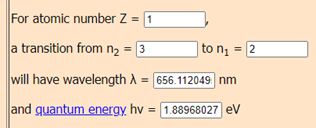
PHOSPHORUS
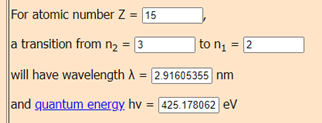
COPPER
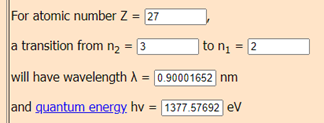
I have assumed that these peaks are the elements that I have indicated, but it may be that they aren't these and that it is incorrect because, in this case, the electrons jump from layer 3 to layer 2 and this means that the temperature has to be similar environmental, and therefore is low. But if we increase the layers, the electron volts go up, and for this reason it may be that my analysis is incorrect.
Title: Fotografias cordobesas : observaciones fotograficas de cimulos de estrellas de impresiones hechas EN EL Observatorio Nacional Argentino, medidas Y computadas con EL apoyo del gobierno argention / por Benjamin Apthorp Gould
Authors: Gould, B. A.
http://adsabs.harvard.edu/full/1897RNAO...19...96
- My chemical composition of the Messier 41 calculated with JS9 isn't similar to that of other scientists. I have found that this Messier 41 is made up of other elements, which don't correspond to those of other scientists.
- I have found that this Messier 41 is formed by copper and phosphors. I have tried searching more scientific articles on google schoolar to see if it, actually, contains these elements, but I have not found any more elements that constitute this Messier. So I have opted to put these elements.